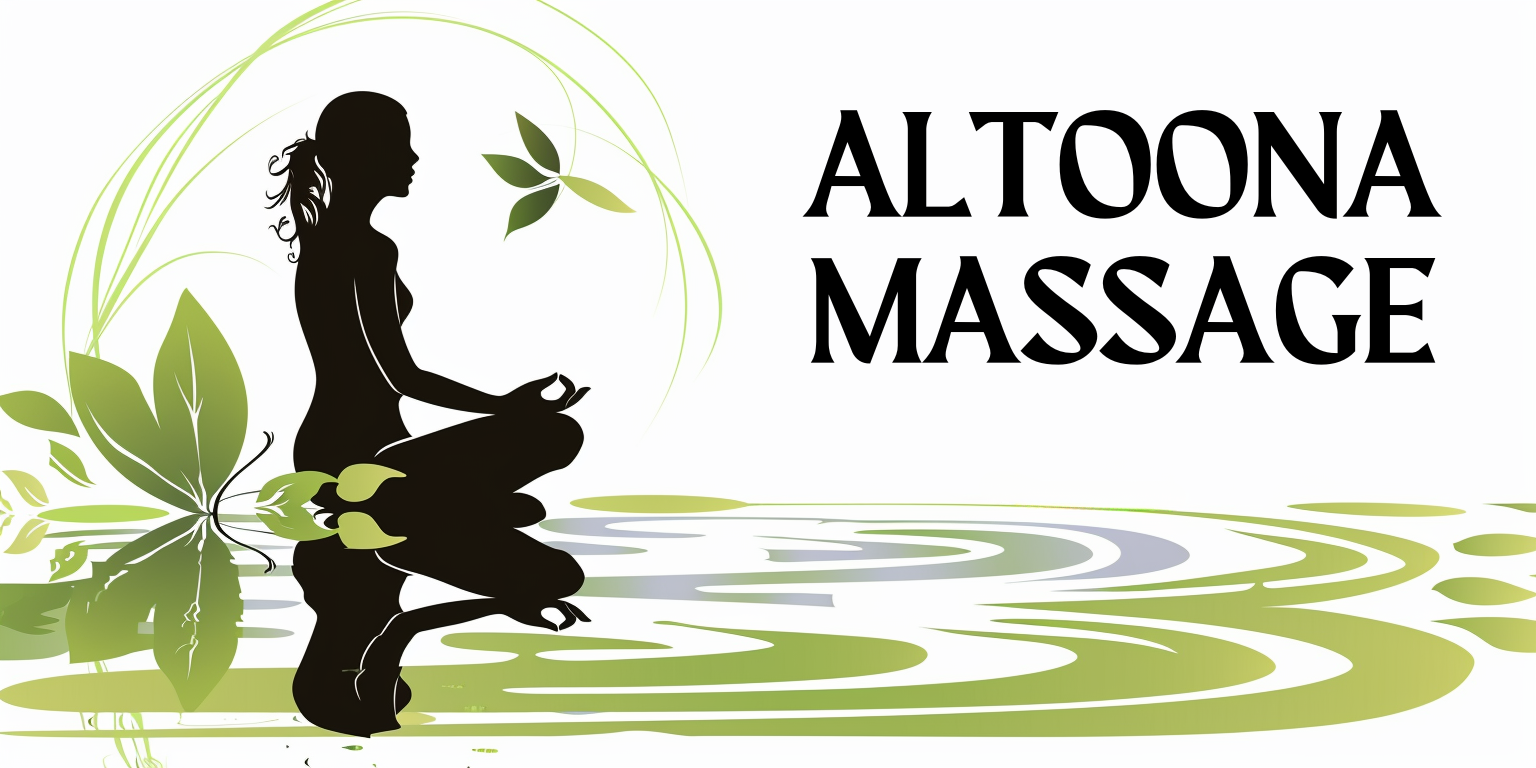Rolfing massage, a unique form of bodywork, traces its roots back to the mid-20th century, when Dr. Ida Rolf, a biochemist and movement specialist, developed this innovative technique. Dr. Rolf was driven by her desire to understand the relationship between the body’s structure and its function. She believed that the way we hold ourselves physically can significantly impact our overall health and well-being. Through her research and practice, she discovered that by manipulating the body’s connective tissues, or fascia, one could achieve profound changes in posture and movement. The term “Rolfing” comes from Dr. Rolf’s name and reflects her pioneering work in this field. She developed a systematic approach to bodywork that focuses on aligning the body in gravity. This method emphasizes the importance of the body’s structure and how it can be optimized for better function. Over the years, Rolfing has gained recognition not only as a therapeutic practice but also as a holistic approach to enhancing physical and emotional well-being. As you delve into the world of Rolfing, you will discover how its origins have shaped its principles and practices today.
Key Takeaways
- Rolfing massage was developed by Dr. Ida Rolf in the 1950s as a form of bodywork aimed at improving posture and overall well-being.
- The principles of Rolfing massage focus on manipulating the body’s connective tissues to release tension and realign the body’s structure for improved posture and movement.
- Rolfing massage can affect posture by addressing imbalances in the body’s structure, promoting better alignment and reducing strain on muscles and joints.
- The benefits of Rolfing massage for posture include improved body awareness, reduced pain and tension, and enhanced overall posture and movement.
- During a Rolfing massage session, clients can expect deep tissue manipulation, movement education, and postural analysis to address specific posture-related issues.
The Principles of Rolfing Massage
The Concept of Fascia
One of the fundamental principles of Rolfing is the concept of fascia, the connective tissue that surrounds muscles, bones, and organs. Rolfing practitioners believe that restrictions in the fascia can lead to misalignments in the body, resulting in discomfort and limited movement.
Restoring Balance and Promoting Optimal Functioning
By addressing these restrictions through targeted manipulation, Rolfing aims to restore balance and promote optimal functioning. This approach helps to alleviate discomfort and improve range of motion, allowing individuals to move with greater ease and freedom.
Developing Body Awareness
Another key principle of Rolfing is the idea of body awareness. Practitioners encourage clients to develop a deeper understanding of their own bodies and how they move through space. This heightened awareness can lead to improved posture and movement patterns, ultimately contributing to better overall health. As you engage with Rolfing, you will learn to listen to your body and recognize areas of tension or discomfort, empowering you to take an active role in your own healing process.
How Rolfing Massage Affects Posture

Rolfing massage has a profound impact on posture, which is often a reflection of how we carry ourselves both physically and emotionally. When you undergo Rolfing sessions, your practitioner will assess your posture and identify areas of imbalance or tension. By working on these areas, Rolfing helps to realign your body, allowing for a more natural and efficient posture.
This realignment can lead to a reduction in strain on muscles and joints, ultimately enhancing your overall comfort. As you experience Rolfing, you may notice that your body begins to feel more integrated and balanced. The manipulation of fascia can release long-held tensions that contribute to poor posture.
For instance, if you tend to hunch your shoulders or lean forward, Rolfing can help to open up your chest and align your spine more effectively. This shift not only improves your physical appearance but also enhances your confidence and presence in daily life.
The Benefits of Rolfing Massage for Posture
The benefits of Rolfing massage extend far beyond mere aesthetic improvements in posture. One of the most significant advantages is the reduction of pain associated with poor alignment. Many individuals experience chronic discomfort due to muscle imbalances or tension caused by suboptimal posture.
Through Rolfing, you can alleviate these issues by addressing the root causes rather than merely treating symptoms. Additionally, Rolfing promotes greater flexibility and range of motion. As your body becomes more aligned, you may find that you can move more freely and with less effort.
This newfound ease in movement can enhance your performance in physical activities, whether it’s sports, dance, or simply daily tasks. Furthermore, improved posture can lead to better breathing patterns, as an open chest allows for deeper inhalations and exhalations. This holistic approach to well-being makes Rolfing an invaluable tool for anyone seeking to enhance their physical health.
What to Expect During a Rolfing Massage Session
When you arrive for a Rolfing massage session, you can expect a personalized experience tailored to your specific needs. Your practitioner will begin with an assessment of your posture and movement patterns, taking note of any areas of tension or discomfort. This initial evaluation is crucial for developing a treatment plan that addresses your unique concerns.
During the session itself, you will typically remain clothed in comfortable attire while the practitioner uses their hands, elbows, and sometimes even their feet to apply pressure to various areas of your body. The techniques employed may vary from gentle stretching to deeper pressure work, depending on what is needed for your individual situation. Throughout the process, communication with your practitioner is key; they will encourage you to provide feedback about what feels comfortable or effective for you.
As you progress through multiple sessions, you may notice gradual improvements in your posture and overall well-being.
While there are numerous types of massage therapies available today, Rolfing stands out due to its specific focus on structural alignment and postural improvement. Traditional massages often emphasize relaxation and stress relief but may not address the underlying issues related to posture as effectively as Rolfing does. In contrast, Rolfing takes a more targeted approach by working directly with the fascia and connective tissues that influence how you hold yourself.
Other modalities like Swedish or deep tissue massage may provide temporary relief from muscle tension but often do not facilitate long-term changes in posture. Rolfing’s systematic approach encourages lasting improvements by promoting awareness of body mechanics and encouraging clients to adopt healthier movement patterns outside of sessions. If you are particularly concerned about enhancing your posture, Rolfing may be the most effective option for achieving sustainable results.
Who Can Benefit from Rolfing Massage for Posture Improvement

Rolfing massage is suitable for a wide range of individuals seeking to improve their posture and overall physical health. Whether you are an athlete looking to enhance performance or someone who spends long hours at a desk job, Rolfing can provide valuable benefits tailored to your lifestyle. Many people who experience chronic pain or discomfort due to poor alignment find relief through this method.
Additionally, those recovering from injuries or surgeries may also benefit from Rolfing as it can aid in restoring proper movement patterns and reducing compensatory habits that develop during recovery. Even individuals who are generally healthy but wish to enhance their body awareness and prevent future issues can find value in Rolfing sessions. Ultimately, anyone interested in cultivating a more balanced and aligned body can reap the rewards of this transformative practice.
Tips for Maintaining Good Posture After Rolfing Massage
After experiencing the benefits of Rolfing massage, it’s essential to take proactive steps to maintain good posture in your daily life. One effective strategy is to incorporate regular movement breaks into your routine, especially if you have a sedentary job. Standing up, stretching, or taking short walks throughout the day can help prevent stiffness and reinforce the alignment achieved during your sessions.
Additionally, practicing mindfulness about your posture while sitting or standing can make a significant difference over time. Consider using reminders such as sticky notes or phone alerts to check in with yourself throughout the day. Engaging in activities like yoga or Pilates can also support your efforts by promoting core strength and flexibility—key components of good posture.
By integrating these practices into your lifestyle, you can ensure that the benefits of Rolfing massage continue long after your sessions have ended. In conclusion, Rolfing massage offers a comprehensive approach to improving posture through its unique principles and techniques rooted in the understanding of fascia and body awareness. By exploring its origins and benefits, you can appreciate how this practice not only enhances physical alignment but also contributes to overall well-being.
Whether you’re seeking relief from pain or simply aiming for better posture, Rolfing provides a pathway toward achieving your goals while empowering you with greater awareness of your body’s capabilities.
FAQs
What is Rolfing massage?
Rolfing, also known as Rolfing Structural Integration, is a form of bodywork that aims to improve posture and overall well-being by manipulating the body’s connective tissues, or fascia.
How does Rolfing massage affect posture?
Rolfing massage aims to realign the body by manipulating the fascia, which can help improve posture by releasing tension and restrictions in the connective tissues. This can lead to better alignment, improved balance, and reduced strain on the body.
What are the potential benefits of Rolfing massage?
Some potential benefits of Rolfing massage include improved posture, reduced pain and tension, increased flexibility and range of motion, and enhanced overall well-being. It may also help with chronic pain conditions and rehabilitation from injuries.
Is Rolfing massage painful?
Rolfing massage can be intense and may cause some discomfort, especially when working on areas of tension or restriction in the body’s connective tissues. However, the level of discomfort should be manageable and should not cause lasting pain.
How many Rolfing sessions are typically recommended?
The number of Rolfing sessions recommended can vary depending on individual needs and goals. However, a typical Rolfing series consists of 10 sessions, with each session focusing on different areas of the body to achieve overall structural integration and improved posture.
